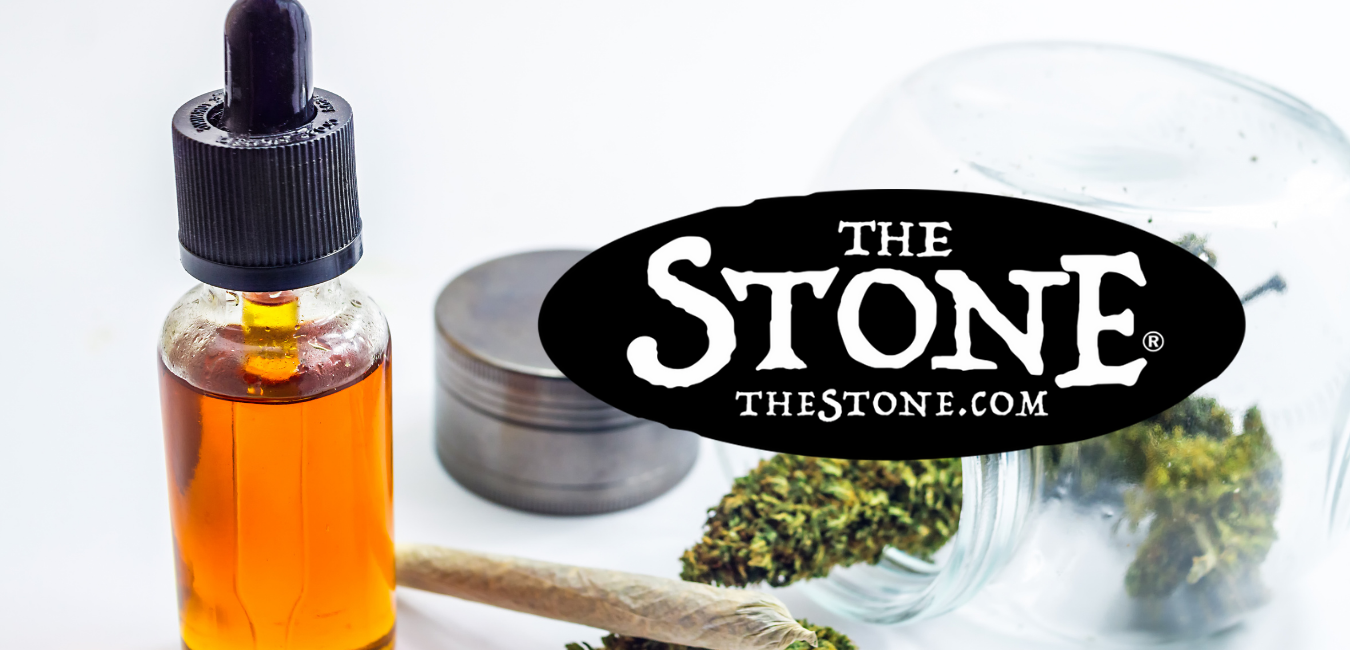One of the most simple and cost effective forms to consume Marijuana is Rosin. While it may seem like a new phenomenon, Marijuana rosin has actually been around for centuries.
First documented in 1554 by French author Rabelais (a journalist and publisher) as “rosée de Provence”, Marijuana rosin was created by pressing fresh rose blossoms to release their sticky aromatic resin, which is then mixed with alcohol to be used as perfumed oil.
Today Cannabis rosin has become widespread across the cannabis industry. By applying pressure and heat to buds, trichomes are melted off the plant material creating a highly potent concentrate that can be inhaled, vaporized, or used as a topical.
Furthermore, Marijuana Rosin is significantly more affordable than other cannabis extracts such as BHO and PHO (butane hash oil and propylene glycol). The average price of cannabis rosin is around $20-$25 per gram at legal dispensaries – making it one of the most economical concentrates on the market.
The cost of making rosin at home is even more affordable – using basic tools found in most kitchens you can transform your cannabis buds into highly potent oil for less than $5 per gram! While homemade Marijuana rosin isn’t ideal for medical patients who require larger doses, it’s an ideal option for recreational users and can be made in larger quantities if desired.
With the price of rosin at an all-time low, its popularity is quickly increasing among cannabis enthusiasts and extracts artists alike. For those who have never used rosin before, it’s a great way to add some variety to their personal collection – but with so many choices, which rosin is the best and how do you choose?
What is Marijuana Rosin?
Marijuana Rosin is a solvent-less method of extraction that has gained popularity among cannabis growers and extractors in the last couple years. It uses heat to activate pressure to separate trichomes from kief or flower (or both). The result is a tasteless, odorless, waxy substance that can be used in edibles or concentrates.
Those in the Cannabis industry have been aware of rosin for years, but the average person might not have ever heard about it. Rosin was used by many hash makers in years past because it is a quick and efficient way to produce hash oil. The concept hasn’t changed; only the tools and methods used to extract are updated.
The Basic Process of Making Cannabis Rosin
First, kief is collected from a grinder or, if you’re lucky enough to have access to unprocessed flowers, a clean dry sieve. The kief is placed in a glass jar, and the rosin press (which looks like an old-fashioned hair straightener) is applied over the top. The heat generated by the press melts the trichomes, and pressure pushes them out through a fine mesh screen.
The resulting
Marijuana rosin is scraped from the sides of the chamber into a container, usually glass or silicone. It can be used right away, but it needs to cure so that residual moisture evaporates and sugar content is reduced. In order to do this, a saucer is placed in front of the fan and the rosin gets blasted with cool air until it dries into a pretty little dab.
Rosin extraction boils down to physics chemistry; what needs to happen for pressure to be applied while heat melts trichomes and moves them to a screen. It turns out that temperature regulates pressure, so the goal is to use as low of an amount of heat as possible while extracting rosin in a press. This is why it’s gaining popularity: Overheating flowers or kief can cause full decarboxylation (which removes flavor), or worse, make flowers burn.
Solventless Extractions Are Safer Than Solvent-Based Ones
You’ve heard all the arguments about solventless extracts being cleaner and safer than their solvent-based counterparts. Turns out that’s true for more reasons than one: Not only are they less toxic to handle, but they also don’t leave any residuals behind.
Solvents aren’t just bad for you; they’re bad for the environment, too. Even when done carefully, extractions using solvents leave a little bit behind in your final product (sometimes it’s obvious and sometimes it’s not). These chemicals can seep into food or even vaporize at low temperatures.
Are you sure that last hit of CBD meant to be 100 percent pure is actually, without any contaminates? If not, your health could potentially suffer the consequences. There’s already a lot of misinformation out there about
Cannabis in general; why add one more concern by potentially using an unsafe product?
Marijuana Rosin Is Cleaner and Better For the Environment
Rosin uses only heat and pressure to extract cannabinoids, meaning it can be done without a solvent. The result is that your rosin doesn’t taste like chemicals or leave any residuals behind. This means your end product is healthier for you, safer for pets or children, better for the environment and a cleaner way to consume cannabis.
Rosin Presses Are Easy to Use and Affordable
You can use a hair straightener or even a clothes iron, but if you want to get the best results, rosin pressing tools are worth every penny. They cost around $300 for the least expensive models, and they’re totally worth it! You can press several grams of flowers in under a minute, and it’s easy to clean up. The latest models feature temperature control as well. This is important because too much heat will ruin your rosin, even if you’re using fresh solventless extracts!
For more information on rosin, how to make it at home, and where to find the best deals, check out our blog. We also offer free consultation services for those looking to learn how to make
Cannabis rosin or for help finding the right strain for you!
Cannabis Rosin has never been easier to find, purchase and consume… so what are you waiting for?




